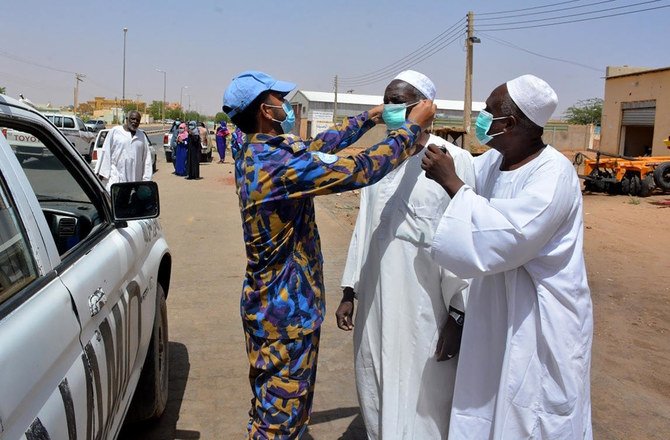The term “Internally Displaced Person” (IDP) is a rather abstract term the United Nations uses to indicate a person who has been made a refugee in their home country. For the 1.6 million people crammed in the permanent camps in Darfur, Sudan, the term is anything but abstract. For almost two decades, the residents of Darfur’s camps for “IDPs” have lived in fear of returning home as they remain powerless in the face of violence.
The relative safety of Darfur’s camps are now facing a new threat as humanitarian and medical workers in the area have warned of an alarming rise in suspected COVID-19 related deaths. Darfur’s camps have only sparse medical facilities in a country that has suffered immensely from two tumultuous decades during which Sudan has broken into two, seen a fragile and inconclusive popular revolution, and is now in no way prepared to face the threat of the coronavirus.
COVID-19 in Darfur
The Sudanese government has reported 7,007 cases of COVID-19 and 447 related deaths, according to data from the World Health Organization (WHO) on June 15—a vast underestimation of the true scale according to experts, the Associated Press reports. In Darfur’s IDP camps, the elderly are getting infected and dying from COVID-19 symptoms without any treatment or response. People are dying at a disastrous rate as medical workers are unable to treat the infections that are creating another untold tragedy for Darfur’s fragile population.
Dozens of death announcements are posted each day in the camps outside Al Fashir, the capital of North Darfur province. The town has nearly tripled in size since the influx of internal refugees when heavily armed militias burned down villages during Darfur conflict and forced many to take refuge in UN camps. Now, a new threat has emerged in their midst, leaving no safe place for the victims of Darfur’s brutal conflict.
Vanished people
Mohamed Hassan Adam, director of IDP camp Abu Shuk, told the Associated Press that his camp has seen 64 unexplained deaths in one corner of the camp alone. Adam told the press agency about his neighbors, all in their 60s, who withered away and “vanished” one by one.
“They get exhausted then they die. There is no way to tell what happened,” Adam stated.
Ashraf Issa, spokesman for the local UN peacekeeping mission said “we are in the eye of the storm” about the explosion of COVID-19 infections, as local officials have little resources to treat or even detect cases of the coronavirus. A health ministry official told the AP that Darfur is “like a separate continent” as Darfur’s problems are exponentially worse than the eastern parts of the country.
No revolution
For those in Darfur’s camps, the virus presents a potential death sentence. Most people there have nowhere left to run as continued violence and oppression awaits them if they attempt to return home. For many, the entire concept of home has changed as children have grown up in Al Fashir’s sprawling and crammed camps, with many knowing no other life besides it.
The International Criminal Court (ICC) wants to try Sudan’s former dictator Omar al-Bashir on charges of genocide and war crimes for his role in the Darfur conflict. Although the Sudanese transitional government has agreed to hand Al Bashir over to the ICC, few things have changed for the people in Darfur, for whom the revolution has meant very little.
With no outlook for change and the continued threat of violence outside of the UN camps, Darfur’s people face an unprecedented challenge with nowhere to go. “We’re losing a whole generation,” Gamal Abdulkarim Abdullah, director of Zam Zam camp, told the AP.
“The government barely knows we exist,” Mohamed Hassan Adam reiterated. “I fear the worst is yet to come.”

